DC PLY Review
The DC PLY is actually a super fun park board. It has the Lock & Load camber profile, which is similar to a camber profile board, with a couple differences. To get rid of the aggressive, more catchy “camber” feel, the PLY has flat sections at the contact points, which are made to get a balance between the benefits of camber, and the benefits of a looser styled board.
[tabs type=”tabs”]
[tab title=”Description” active=”true”]
When you rid the PLY, the board has a nice feel inbetween camber and a flat board. It isn’t catchy, but you still have lots of pop, and a stable feeling that comes from the camber section.
The Stratus Core is made with FSC Certified Wood. Most of the core is Poplar wood, with two strips of Beech that run down through the center of the board for extra strength.
It has a medium flex, that DC rate as a 6/10 on their flex scale. It is flexible enough that you can press and butter it, but it will still push back nicely for ollies, and landing bigger jumps.
Like you would expect from a park board, it is a Twin shape, so riding it regular is the same as riding it switch.
To get the weight of the board down, they have a feature called Tear The Rood Off, which means they remove the traditional top sheet, which means that the board is about 150g lighter.
The 3 degree edge bevel is a very handy feature. It works well for beginners by making the board a little more forgiving, and helps for park riders who ride rails and boxes. What it means is that the base edge is raised an extra degree, which means that they are less likely to catch on burrs on rails, while you can still keep a sharp edge for riding on hardpacked snow. Normally you would have to detune your edges with a file to make it a bit safer for rails, but the tradeoff is that you lose some of your edge hold on hard snow.
The Radius 2 Flat is made to give the nose and tail a smooth radius curve, which helps give you extra float in deep snow, while still blending nicely into the sidecut, so that turns are smooth.
Sizes available:
- 147cm
- 150cm
- 153cm
- 156cm
- 159cm
Features in the DC PLY 2017:
- Lock & Load Camber
- Twin Shape
- Stratus Core
- Bi-Ax Glass
- True Base
- 3 Degree Base Bevel
- Tear The Roof Off
- Radius 2 Flat
How does the DC PLY ride?
First off, the PLY is a fun board to ride. The camber profile means that it holds a good edge and it has no problem keeping a stable ride at high speed.
Flex
The flex is right in the sweet spot for boards. It has enough flex so that you can easily press on a rail, and buttering on snow is easy. But keep in mind it is not so soft that it becomes useless in other situations.
Ollieing is good, loading up the tail and releasing gives the board a good amount of snap back, so getting higher ollies is not a problem with this board.
Carving at high speed is actually pretty nice on this board, especially considering that it is a twin. It has good edge hold, that I guess is due to the camber profile. It can also take on quite chopped up snow at high speeds, as long as you keep your weight centered over the board it has no problems smashing through without throwing your around too much.
Jumps
It is good board for jumps, the flex make it solid enough for bigger landings, but if you spend a lot of time on XL jumps (or want to) it would be better to have a look at the DC Mega, which will be more stable with its stiffer flex.
Jibbing
The strong point of the PLY would have to be jibbing. It comes with a 3 degree base bevel, so that means that the base edge is slightly raised compared to a traditional board. This is really helpful so that you can still have sharp edges for when you are riding on ice and hard packed snow, but it keeps the edges out of the way and avoids catching for when you are riding rails.
Pressing is easy, and the board can also be quite forgiving when you are spinning out of a feature and need to force a spin around, the camber is not so aggressive that it will grab and kick you off.
Who is the DC PLY best for?
I would recommend the PLY for someone who wants a fun board, that is solid enough to ride on jumps, through the park and all over mountain, but is still forgiving enough to let them muck around, pressing and buttering.
If you are going to be hitting big jumps, have a look at the Mega, it has many of the same features but with a stiffer flex and a faster base.
Overall for the pretty affordable price (around $380) the PLY is good value, fun and the type of board that you aren’t going to grow out of too quickly.
[/tab]
[tab title=”Technical Specs”]
| Size (cm) | 147 | 150 | 153 | 156 | 159 |
|---|---|---|---|---|---|
| Effective Edge (mm) | 1090 | 1120 | 1140 | 1160 | 1180 |
| Tip Width (mm) | 290.3 | 292.2 | 294.2 | 295.9 | 297.7 |
| Waist Width (mm) | 246 | 248 | 250 | 252 | 254 |
| Tail Width (mm) | 290.3 | 292.2 | 294.2 | 295.9 | 297.7 |
| Sidecut Radius (m) | 6.3 | 6.6 | 6.9 | 7.2 | 7.5 |
| Stance Range (in) | 20.5-25 | 20.5-25 | 21-25.5 | 21-25.5 | 21-25.5 |
[/tab]
[tab title=”Previous Season Graphics”]
[row]
[column md=”6″]
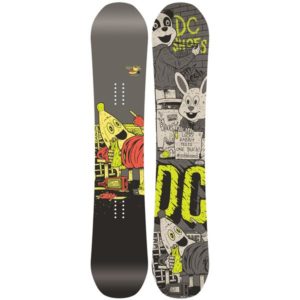
2016
[/column]
[column md=”6″]
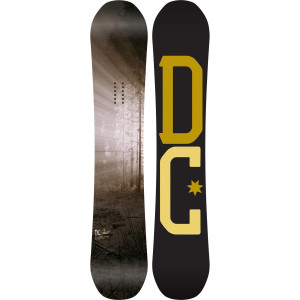
2015
[/column]
[/row]
[row]
[column md=”6″]
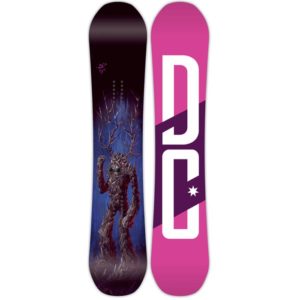
2014
[/column]
[column md=”6″]
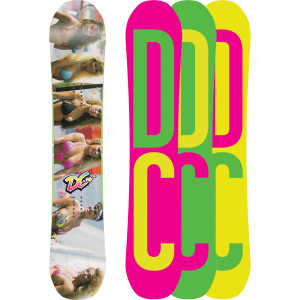
2013
[/column]
[/row]
[row]
[column md=”6″]
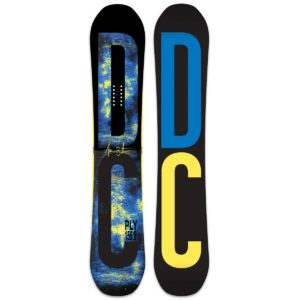
2012
[/column]
[column md=”6″]
[/column]
[/row]
[row]
[/row]
[/tab]
[tab title=”Pictures”]
[/tab]
[/tabs]
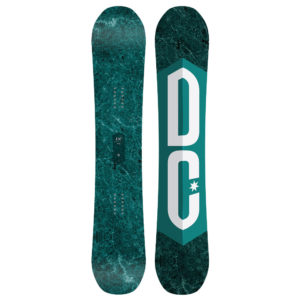
Find the best price on the DC Ply